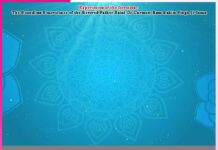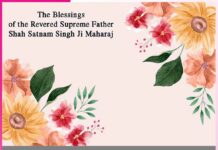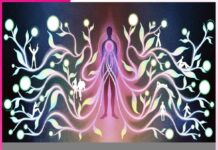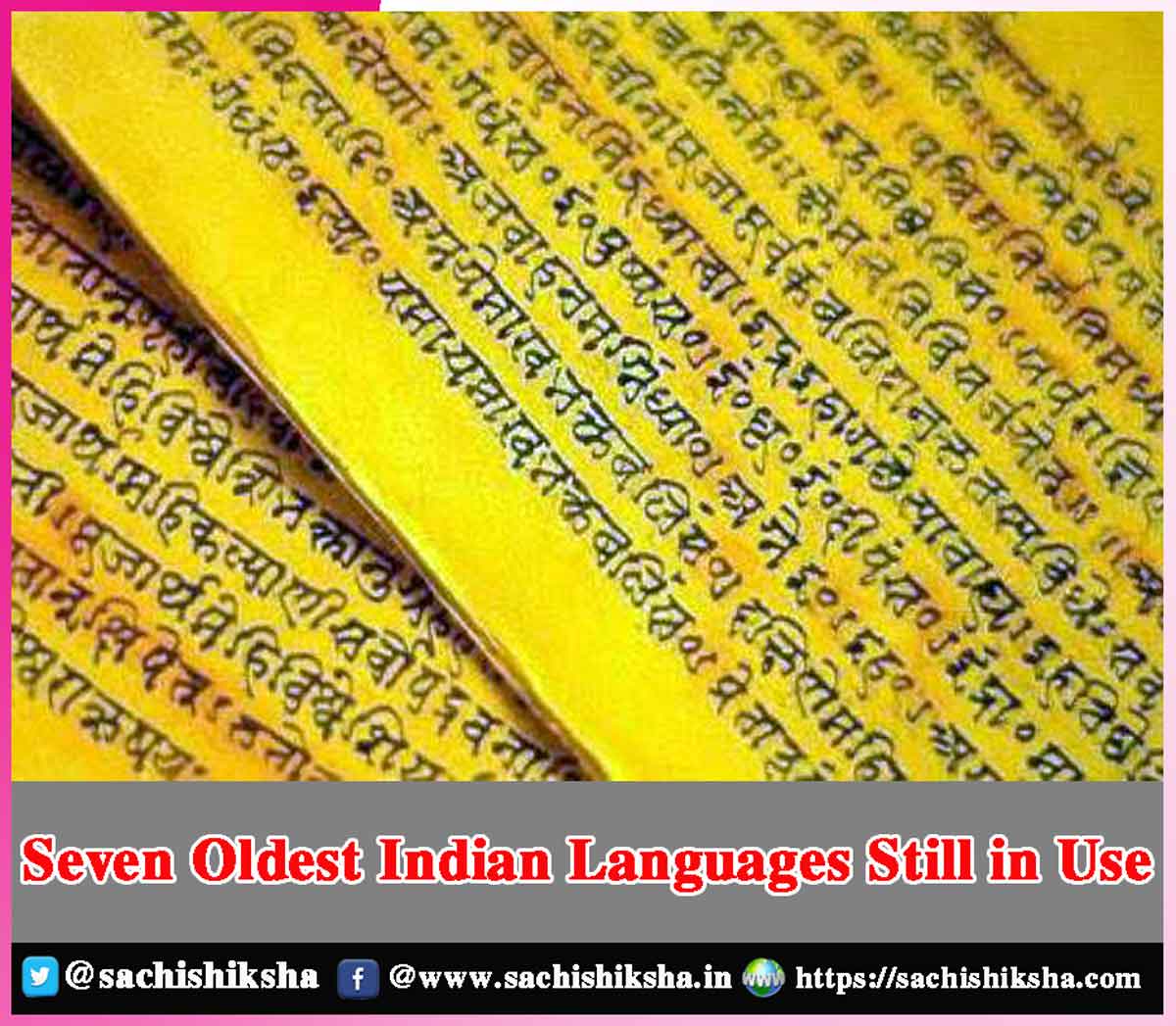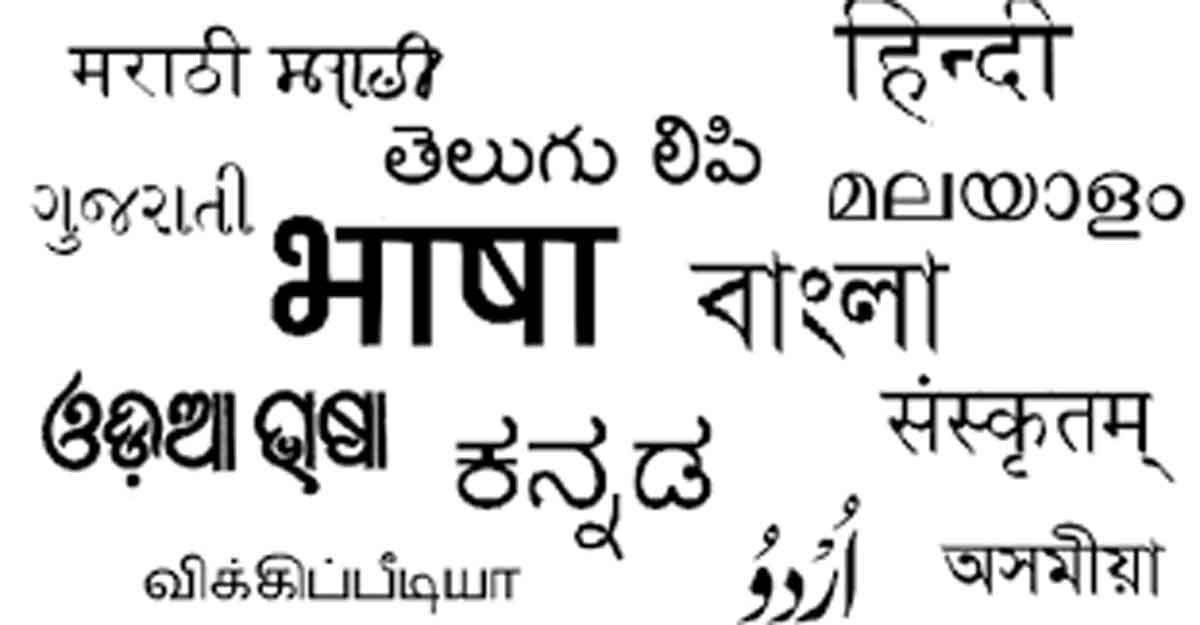Seven Oldest Indian Languages Still in Use
Introduction: India is a land of rich cultural and linguistic diversity, with hundreds of languages spoken across its vast territory. Among these, several ancient languages have withstood the test of time and are still in use today. These languages are not only mediums of communication but also repositories of history, literature, and tradition. Here are seven of the oldest Indian languages that continue to be spoken and revered.
Table of Contents
Tamil
- Historical Significance: Tamil is one of the world’s oldest classical languages, with a history spanning over 2,000 years. The earliest Tamil inscriptions date back to the 3rd century BCE, and the language boasts of a rich literary tradition with works like the Sangam literature, which includes classical poetry and epics.
- Contemporary Use: Tamil is spoken by over 70 million people, primarily in the Indian state of Tamil Nadu and in Sri Lanka. It is also an official language in Singapore and is widely spoken in the Tamil diaspora across the globe.
- Cultural Impact: Tamil literature, music, and cinema play a vital role in preserving and promoting the language. Tamil Nadu’s rich cultural festivals, such as Pongal, and classical dance forms like Bharatanatyam have their roots in Tamil traditions.
Sanskrit
- Historical Significance: Sanskrit holds a special place in India’s cultural and spiritual heritage. It is the classical language of ancient Indian literature, philosophy, and religious texts. The Vedas, Upanishads, Mahabharata, Ramayana, and numerous other seminal works are composed in Sanskrit.
- Contemporary Use: Today, Sanskrit is not a vernacular language but is used in religious rituals, classical music, and dance. It is taught in schools and universities, and scholars continue to produce literature in Sanskrit. Efforts are ongoing to revive spoken Sanskrit through community initiatives and language courses.
- Cultural Impact: Sanskrit has influenced many modern Indian languages and has contributed significantly to the development of Indian literature, science, mathematics, and philosophy. It is also the liturgical language of Hinduism, Buddhism, and Jainism.
Telugu
- Historical Significance: Telugu, with its origins traced back to the 2nd century CE, is another ancient Dravidian language. The classical Telugu literature flourished during the rule of the Vijayanagara Empire, and notable poets like Nannaya, Tikkana, and Potana contributed to its rich literary heritage.
- Contemporary Use: Telugu is spoken by around 80 million people, primarily in the Indian states of Andhra Pradesh and Telangana. It is one of the 22 scheduled languages of India and holds the status of official language in these states.
- Cultural Impact: Telugu cinema, known as Tollywood, is a major film industry in India, producing a large number of films annually. Telugu literature continues to thrive with contributions from contemporary poets and writers.
Kannada
- Historical Significance: Kannada, another major Dravidian language, has a literary history dating back to the 5th century CE. The Kavirajamarga, a 9th-century treatise on grammar and poetics, is one of the oldest known Kannada texts. The language has a rich tradition of poetry, philosophy, and scholarly works.
- Contemporary Use: Kannada is spoken by over 50 million people in the Indian state of Karnataka and surrounding regions. It is one of India’s scheduled languages and enjoys the status of official language in Karnataka.
- Cultural Impact: The Kannada film industry, known as Sandalwood, is a significant cultural force. Festivals such as the Karnataka Rajyotsava celebrate the language and culture of the Kannada-speaking people. Kannada literature, with its ancient and modern works, continues to flourish.
Malayalam
- Historical Significance: Malayalam, spoken in the Indian state of Kerala, evolved from Tamil around the 9th century CE. It developed its distinct identity and script by the 13th century. The language has a rich tradition of poetry, with classical works like the Ramacharitam and the Manipravalam literature.
- Contemporary Use: Malayalam is spoken by over 35 million people and is one of the 22 scheduled languages of India. It holds the status of official language in Kerala and the union territories of Lakshadweep and Puducherry.
- Cultural Impact: The Malayalam film industry, known for its high-quality productions and realistic storytelling, plays a crucial role in promoting the language. Festivals such as Onam and Vishu celebrate Malayalam culture. The language has a vibrant literary scene with numerous contemporary writers and poets.
Bengali
- Historical Significance: Bengali, or Bangla, traces its roots to the Indo-Aryan languages that evolved from Sanskrit. The earliest Bengali literature dates back to the 10th century CE with texts like the Charyapada. The language has a rich literary heritage with luminaries like Rabindranath Tagore, the first non-European Nobel laureate in Literature.
- Contemporary Use: Bengali is spoken by over 230 million people, primarily in the Indian state of West Bengal and in Bangladesh, where it is the official language. It is also one of the 22 scheduled languages of India.
- Cultural Impact: Bengali culture is renowned for its contributions to literature, music, art, and cinema. The Bengali film industry produces numerous acclaimed films. The language and its cultural expressions are celebrated during festivals such as Durga Puja and Poila Boishakh (Bengali New Year).
Odia
- Historical Significance: Odia, spoken in the Indian state of Odisha, has a history dating back to the 10th century CE. The earliest known literary works in Odia are from the 13th century, with the Sarala Mahabharata being a significant medieval text.
- Contemporary Use: Odia is spoken by around 40 million people and is one of the 22 scheduled languages of India. It holds the status of official language in Odisha and has a rich tradition of classical and modern literature.
- Cultural Impact: The Odia film industry, also known as Ollywood, contributes significantly to the state’s cultural landscape. Festivals such as Rath Yatra and Durga Puja are integral to Odia culture. The language has a thriving literary tradition, with contributions from numerous contemporary writers and poets.
Conclusion
These seven ancient languages of India — Tamil, Sanskrit, Telugu, Kannada, Malayalam, Bengali, and Odia — are not just means of communication but are integral to the cultural and historical fabric of the nation. Each language has its own history, literature, and cultural practices, which continue to enrich the diverse tapestry of Indian society. Their survival and flourishing in the modern era are testaments to their resilience and the enduring legacy of India’s linguistic heritage. Efforts to preserve and promote these languages are crucial for maintaining the rich cultural diversity that defines India.









